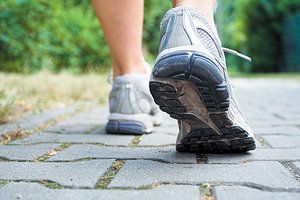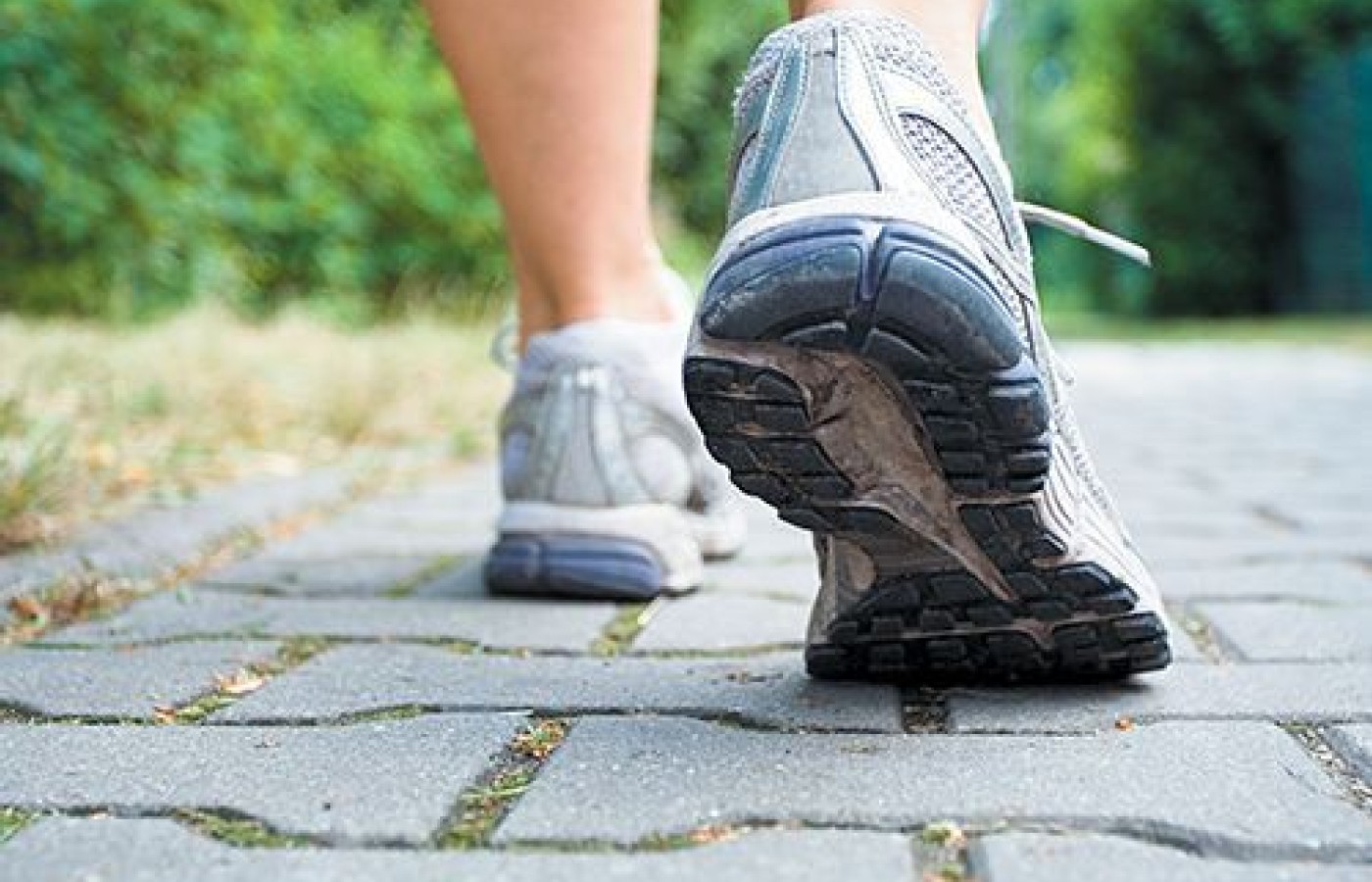New York's highest court of appeals has held that no-fault insurers cannot deny no-fault benefits where they unilaterally determine that a provider has committed misconduct based upon alleged fraudulent conduct. The Court held that this authority belongs solely to state regulators, specifically New York's Board of Regents, which oversees professional licensing and discipline. This follows a similar recent ruling in Florida reported in this publication.
Why Foot Flexibility and Smooth Gait Matter
In its functional state, the human foot works with the rest of the body to absorb and dissipate the stresses imposed on the lower extremities. It must also be able to handle large magnitudes of rotational forces, and must be ready to accelerate and decelerate smoothly and efficiently during gait. The normal foot is flexible enough to adapt to variations in terrain, yet stable enough to provide solid propulsion. The foot and leg must perform in concert during weight-bearing activities; otherwise, the body will not function normally. Furthermore, the foot must remain flexible and functional for the lifetime of the individual or pain and disability will result.1
Foot Flexibility During Gait
Normal amounts of movement are necessary for biomechanical function during activities of stance and gait. Problems arise when there is too little or too much mobility in the foot and ankle. When there are equal magnitudes of pronation and supination during standing and walking, rotational equilibrium results and no significant rotational velocity is imparted to the adjacent structures.2 The impact stress of walking is also minimized when the foot pronates normally.

Two descriptive terms are often used interchangeably when a foot is overly flexible, but this can contribute to confusion. Pes planus is the more technical term that represents a flattening of the longitudinal arch; the arch is lower than established normal parameters when standing, especially on radiographic evaluation.3 Hyperpronation (or excessive pronation) refers to excessive medial deviation of the talus during gait, primarily during the stance phase of gait.4 Both of these problems are found in patients with an excessively flexible foot, which interferes with lower extremity biomechanics.
An extensive list of health problems caused by overly flexible feet has been compiled by J.F. Yale.5 A small, representative sample includes the following:
- Achilles tendinitis
- Lumbosacral muscle spasms
- Patellofemoral syndrome
- Temporomandibular joint syndrome
- Tibialis anterior overuse (anterior shin splints)
- Tibialis posterior overuse (posterior shin splints)
Hazards Faced in Gait Phases
Why is Yale's "problem list" so long? A look at the individual gait phases helps explain.
Heel strike. As the heel contacts the ground, the calcaneus is inverted and the foot is supinated. The ground reaction force is transmitted into the foot at the heel pad, and then the ankle joint absorbs some of the impact. The muscles of the lower leg, primarily the anterior and posterior tibialis muscles, contract eccentrically to slow down the plantar flexion of the foot. When overloaded due to excessive foot flexibility and hyperpronation, these muscles often become painful, causing "shin splints."6
The force of heel strike transmits a shock wave (a "transient") up the leg to the pelvis, the spine and into the skull. Within 10 milliseconds of heel strike, scientists studying normal walking recorded a .5 G impact at the skull.7 This is the equivalent of a 160-pound man being hit in the head by 80 pounds with each step. Subotnick estimated that running multiplies the impact of heel strike on the body about three times (the "Rule of Three").8 This force is a significant concern in patients with degenerative changes in the joints of the lower extremities and the spine.
Foot flat. As the full foot makes ground contact, it must be flexible and able to adapt to a variety of surfaces as it supports the pelvis and spine. From heel strike to foot flat, the foot undergoes a complex rolling inwards, primarily at the subtalar joint. Pronation accommodates to variable ground surfaces and helps absorb the shock of the entire body weight.
Pronation causes a depression of the medial longitudinal arch of the foot, which is sustained by the elastic plantar fascia. If this connective tissue has undergone plastic deformation, it is overly flexible, and will no longer spring back. The foot then goes too far into pronation, and stays in this position for too long. It can't progress smoothly into the next gait phase. Excessive pronation is commonly associated with many foot symptoms, including hallux valgus and interdigital neuromas.9
As the foot pronates during the stance phase of gait, there is a normal inward (medial) rotation of the entire leg into the pelvis. In people with excessive or prolonged pronation, this twisting movement is accentuated. The increased rotational forces are transmitted up the leg into the pelvis, and especially the sacroiliac joint.10 In response, various compensatory pelvic subluxation complexes develop, such as pelvic tilts, innominate rotations, and other complicated adaptations.
Toe-off. The final aspect of weight-bearing gait starts with heel lift, which progresses to toe-off and provides the propulsion needed to move into the next phase. Normally, the foot goes into supination, becoming a rigid lever. When the plantar fascia is weakened or the first metatarsophalangeal joint is stiff, the foot can't push off well and tends to roll medially. This causes the foot to flare outward and leads to symptoms at the first toe, such as hallux valgus and/or osteoarthritis.
At toe-off, the leg externally rotates and the pelvis moves posteriorly. Walking with an abnormal gait and poor toe-off causes back pain that can be treated with individually designed stabilizing orthotics.11 Poor propulsion adds to the work effort required for doing simple activities, and increases the consumption of oxygen during normal walking.12 Sports performance is hampered significantly.
Also at toe off, the overly flexible foot needs to be guided into supination, but still be allowed to flex at the metatarsal break. This requires an orthotic that is very flexible at the first metatarsophalangeal junction, yet provides support to the medial foot and first two toes. The addition of a viscoelastic material under the medial forefoot and toes reinforces the propulsive phase and reduces fatigue.
Toward a More Balanced Future
Posture, balance, coordination, and efficient musculoskeletal function all depend on a smooth gait and normal foot flexibility during normal daily activities. Because excessive flexibility and hyperpronation cause abnormal biomechanics in the lower extremities, rotational and impact stress is transmitted to the pelvis and spine with every step. By providing proper support for each phase of the gait cycle, we can ensure balanced function throughout the musculoskeletal system.
References
- Kirby KA. Biomechanics of the normal and abnormal foot. J Am Podiatr Med Assoc, 2000;90:30-34.
- Kirby KA. Rotational equilibrium across the subtalar joint axis. J Am Podiatr Med Assoc, 1989;79:1-6.
- Forrester D, Kerr R, Kricun ME. Imaging of the Foot and Ankle. Gaithersburg: Aspen Pubs; 1988.
- Gould N. Evaluation of hyperpronation and pes planus in adults. Clin Orthop Rel Res, 1983;181:37-45.
- Yale JF. The conservative treatment of adult flexible flatfoot. Clin Pod Med and Surg, 1989;6:555-560.
- Souza TA. Differential Diagnosis for the Chiropractor. Gaithersburg: Aspen Pubs, 1998:326.
- Light LH, McLellan GE, Klenerman L. Skeletal transients on heel strike in normal walking with different footwear. J Biomech, 1980;13:477-480.
- Subotnick SI. Sports Medicine of the Lower Extremity. New York: Churchill Livingstone, 1989:67.
- McPoil TG, Knecht HG. Biomechanics of the foot in walking: a function approach. J Orthop Sport Phys Ther, 1985;7:69-72.
- Botte RR. An interpretation of the pronation syndrome and foot types of patients with low back pain. J Am Podiatr Assoc, 1981;71:243-253.
- Dananberg HJ, Giuliani M. Chronic low-back pain and its response to custom-made foot orthoses. J Am Podiatr Med Assoc, 1999;89:109-117.
- Otman S, et al. Energy cost of walking with flat feet. Prosthet and Orthot Intl, 1988;12:73-76.



